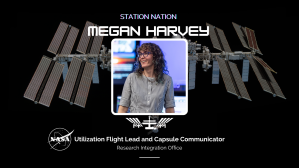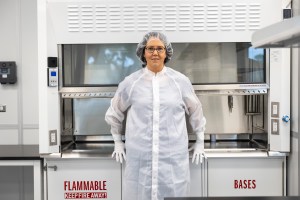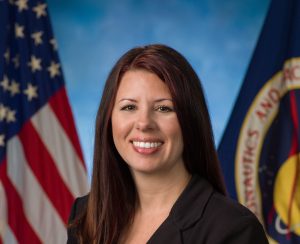What do music ensembles and human spaceflight have in common? They require the harmonization of different elements to create an inspiring opus.
NASA's Paige Whittington has experience with both.
As a principal flutist for Purdue University's Wind Ensemble, Whittington helped fellow flutists play beautiful music together while pursuing her graduate degree. Now, as a space exploration simulation architect at Johnson Space Center in Houston, she strives for a cross-team harmony that can inform the agency's Moon to Mars exploration approach.
"Simulation often sits at the intersection of several teams because we integrate various designs and mission requirements," she said. "We have to learn how to best fit those teams and their priorities together to enable cutting-edge human exploration."
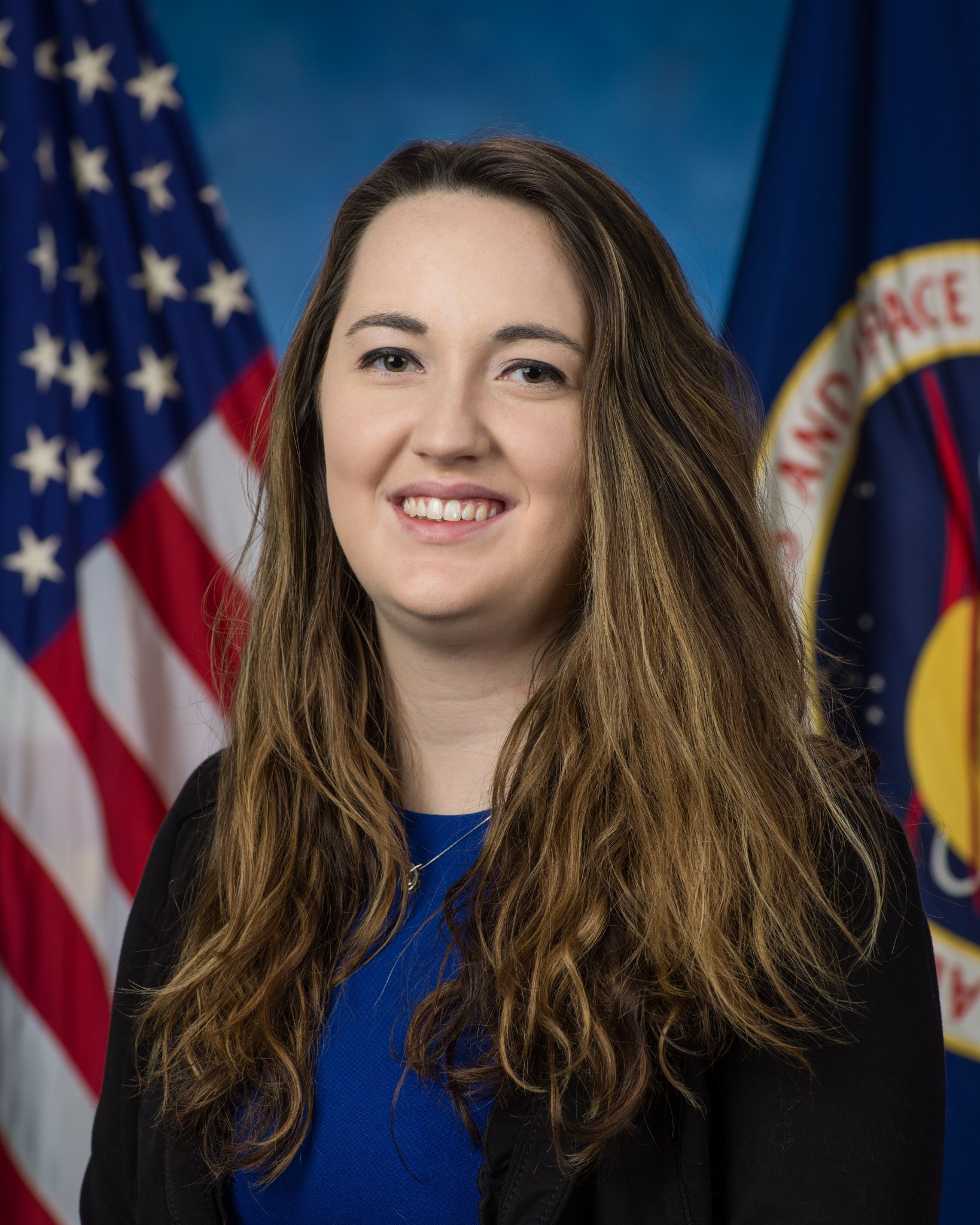
Whittington is part of the NASA Exploration Systems Simulations (NExSyS) team, which develops physics-based simulations to evaluate various vehicles and mission concepts. Her role includes working with lunar and Mars architecture teams within NASA's Strategy and Architecture Office to assess current and potential future elements of vehicle design, logistics, and planning.
"Our simulations help inform engineers, astronauts, and managers about the new, challenging environments that await us on the Moon and Mars," she said.
One of the most challenging and rewarding projects she is working on is the Artemis Distributed Simulation. "NExSyS develops and maintains several individual simulations such as rovers, landers, and habitats. However, human exploration on other planetary bodies requires careful integration and coordination of these individual pieces," she explained.
The distributed simulation brings those pieces together to enable agency teams to envision a complete Artemis mission to the lunar surface. Different elements can be added or removed to create a wide variety of scenarios. The simulation can run automatically with predetermined settings or be responsive to real-time and randomized changes. Participants can operate the team's video walls, mock-up mission control console, virtual reality platforms, and lander piloting facility to interact together within the chosen Artemis mission scenario.
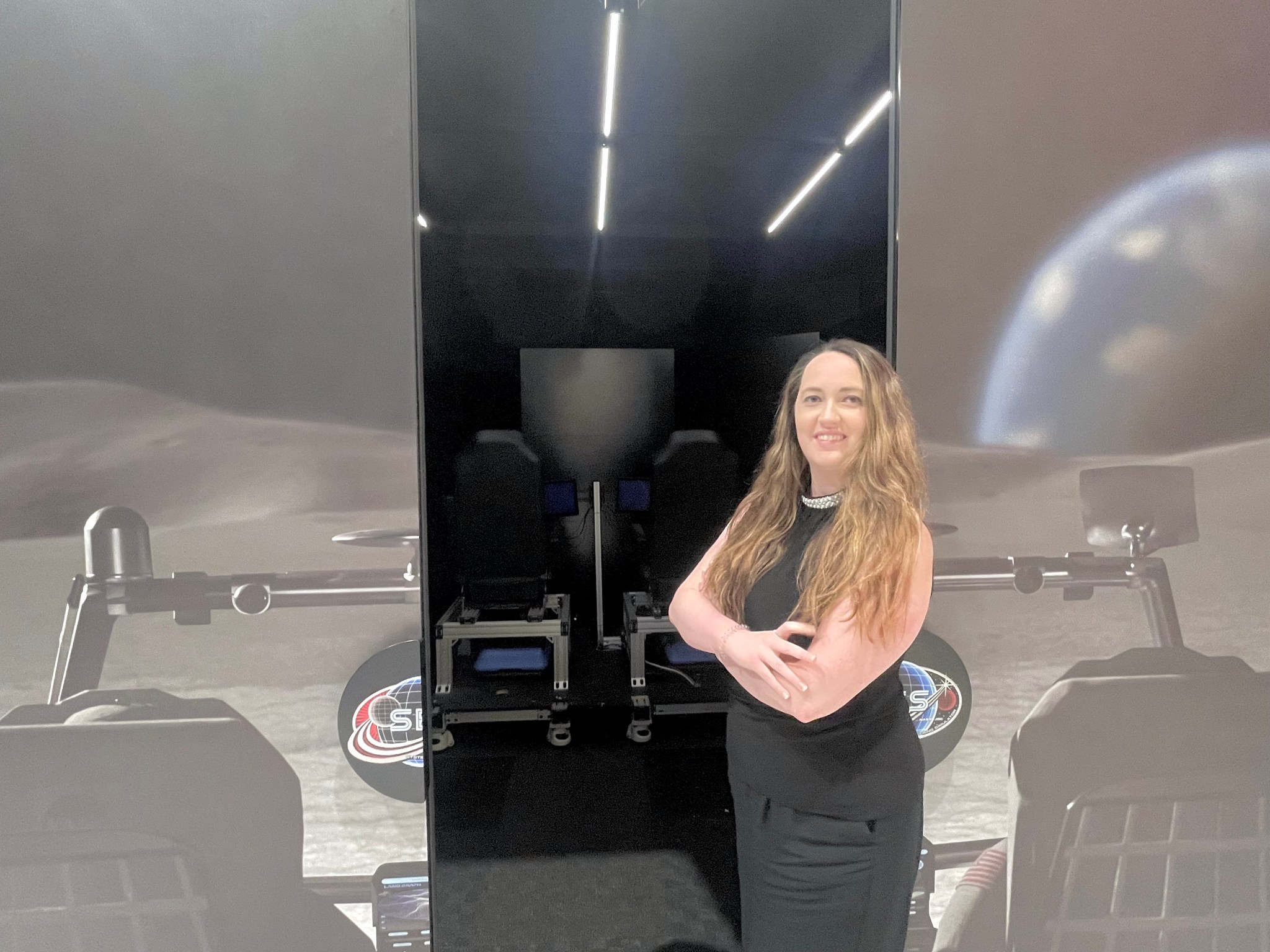
"I am very proud to know that the simulations I help develop have impacted some of the decisions being made by NASA's architecture teams," she said.
She is excited to take on a new responsibility, as well. Whittington recently became project manager of the JSC Engineering Orbital Dynamics software package. Also known as JEOD, this open-source tool was created by NASA to model spacecraft trajectories, such as proposed flight paths for a lunar lander. JEOD calculates gravitational and other environmental forces acting on spacecraft to simulate the position and orientation of those vehicles over time, whether they are orbiting a cosmic body or traveling between planets.
Whittington's family moved frequently during her childhood, calling five different states home as she grew up. Their time in Florida would have a life-long impact.
"My parents drove me and my sister across the state to visit NASA's Kennedy Space Center. It was mesmerizing, awe-inspiring, and seemingly a whole different world from where my 8-year-old self thought I was living," she said. Her love of space never waned, and a high school physics teacher encouraged her to study aerospace engineering in college. "That was the turning point when I realized space exploration didn't have to stay in my dreams - it was a career field I could actually work in."
Whittington took her teacher's advice, earning a bachelor's degree in aerospace engineering from the University of Texas at Austin. She also completed two internships at Johnson through the Universities Space Research Association and interned with a NASA contractor after graduation. While pursuing a master's degree in Aeronautics and Astronautics at Purdue, Whittington was accepted to NASA's Pathways Program and did two rotations with the Simulation and Graphics Branch before joining the team as a full-time employee in June 2022.
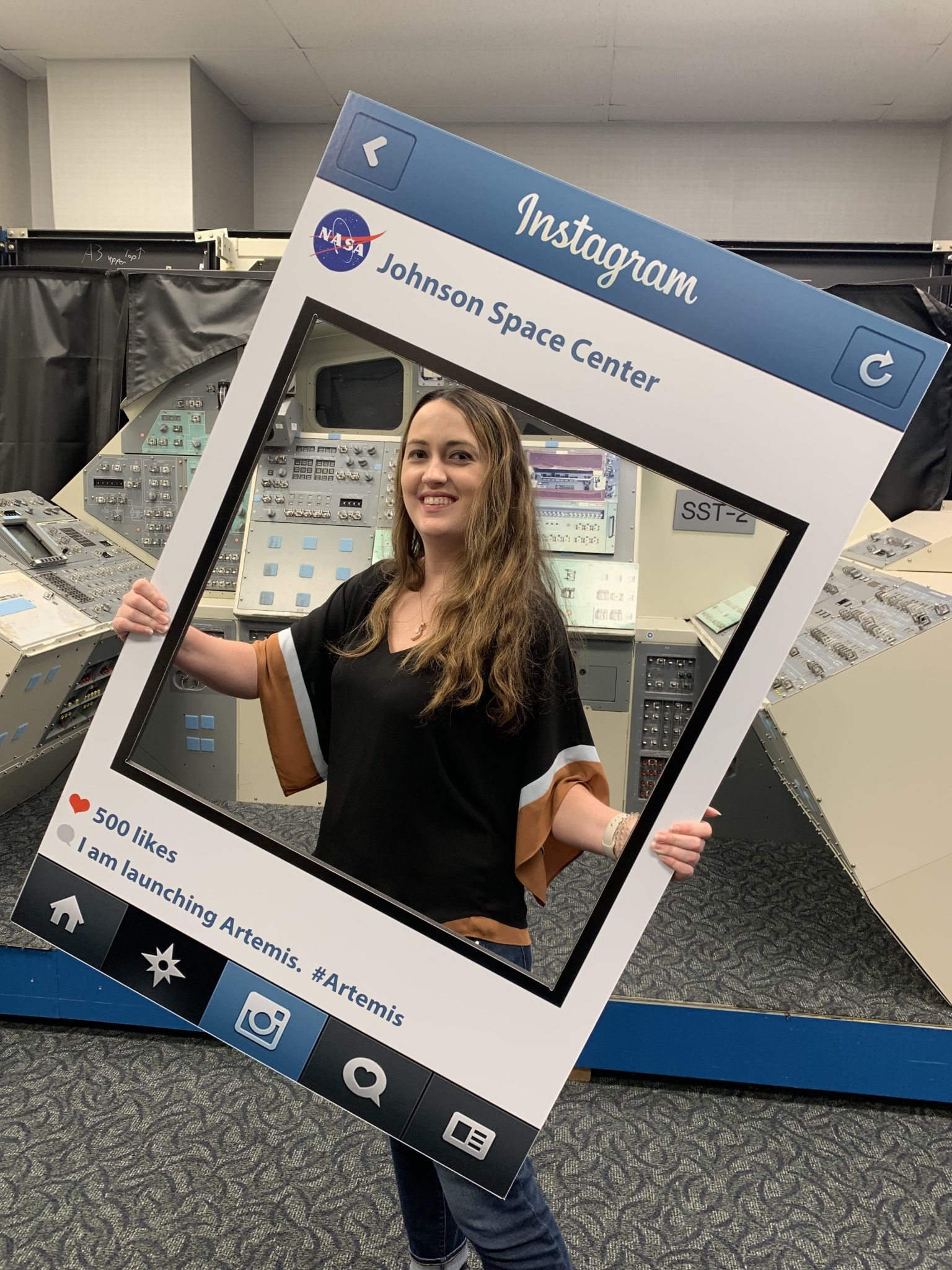
Whittington has learned several key lessons during her five years with NASA, including the essential part open, regular communication plays in understanding an individual's or team's core needs and limitations. She also stressed the importance of adaptability.
"The path that you planned for may not be the path you end up choosing. But that planning enabled you to be who you are now and to make different choices," she said. "I did not anticipate working in simulations when I started my aerospace engineering degree, but I took the opportunity when it was presented, and I am so happy that I did."

